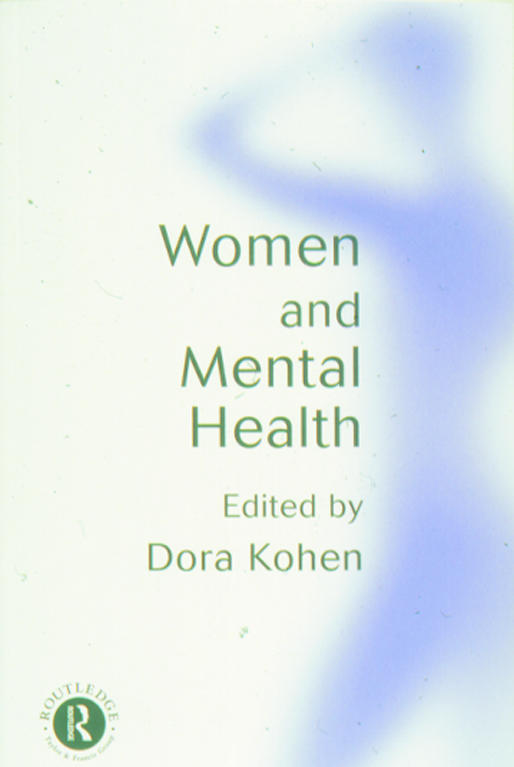Women and Schizophrenia. Eds David J Castle, John McGrath, Jayashri Kulkarni. Cambridge University Press, £18.95, pp 164. ISBN 0 521 78617 7. Rating: ★★
Women and Mental Health by Dora Kohen. Routledge, £16.99, pp 250. ISBN 0 415 18885 7. Rating: ★★★
Research in medicine is often, in practice, research in medicine for men. Doing research on people who have regularly fluctuating hormone levels is regarded as too tricky unless, of course, those hormones are themselves seen as the cause of the problem. And those hormones are often regarded as the most likely culprits when sex differences are observed in the incidence and prevalence of disease, or response to treatment. These issues are writ large in both of these books. 

Women and Schizophrenia is at its best when addressing the impact of schizophrenia on women's lives and the ways in which treatment regimes can help to alleviate problems which are often secondary to the illness itself. Other areas are covered less satisfactorily. For example, the chapter on brain sex differences devotes a large section to the neurodevelopmental effects of testosterone on male brains. The limitation of the authors' explanation of sex differences in behavioural symptoms of schizophrenia to differences in neurodevelopment ignores work on cultural effects showing that judgments about acceptable or abnormal behaviour are often gender rather than sex based.
On the whole, this is a clearly written and well presented book, but, in an area fraught with methodological problems, the authors could have been more critical of the findings they report and cast their net more widely.
Turning to the chapter on schizophrenia in Women and Mental Health, we find much of the same material as above, but here it is dealt with in a more parsimonious and critical fashion. The other chapters on particular conditions—depression, perinatal disorders, eating disorders, and substance misuse—are similarly impressive.
What is most unsatisfactory is the separation of these chapters from those on physiological, sociological, and psychological factors in women's mental health. This can lead to unnecessary repetition but more often leads to a lack of integration of material crucial to the understanding of the aetiology and epidemiology of psychiatric disorders.
These books show that mental health researchers and clinicians are developing more sophisticated explanations of the ways in which women's physiology interacts with the ways women live and the roles we play to produce particular patterns of mental health and mental illness. Clearly, however, there is still a great deal of research to be done.
Footnotes
Reviews are rated on a 4 star scale (4=excellent)


